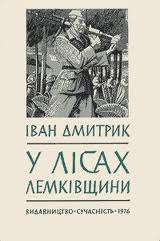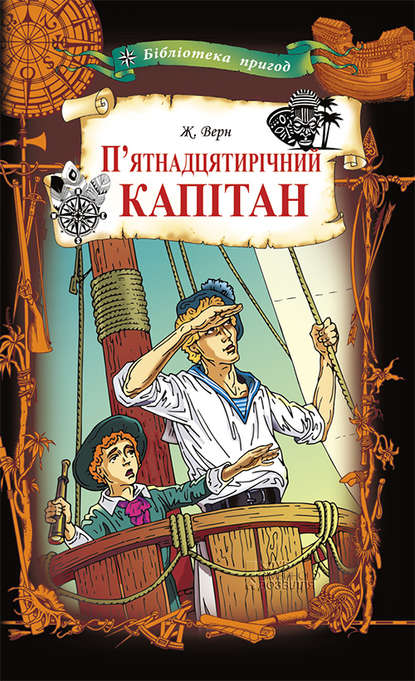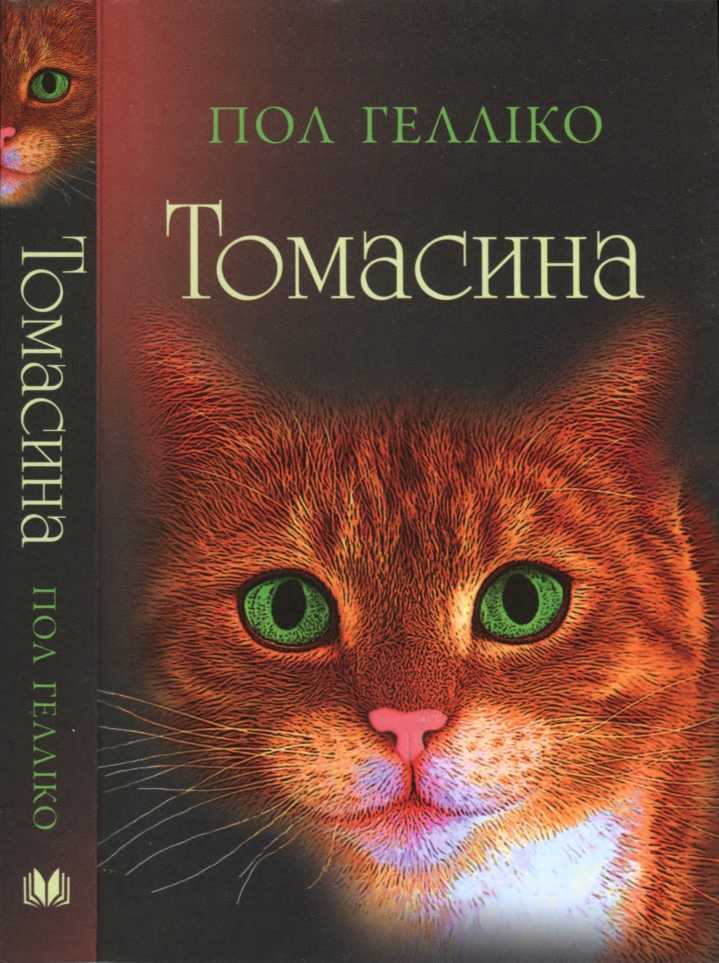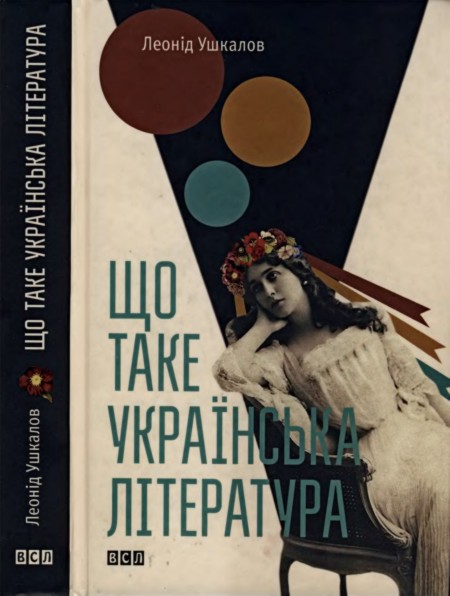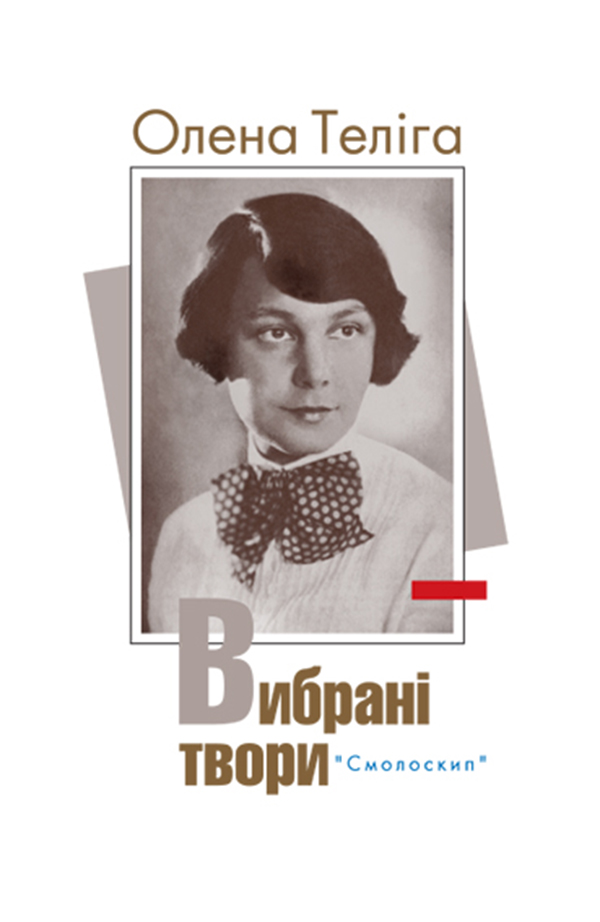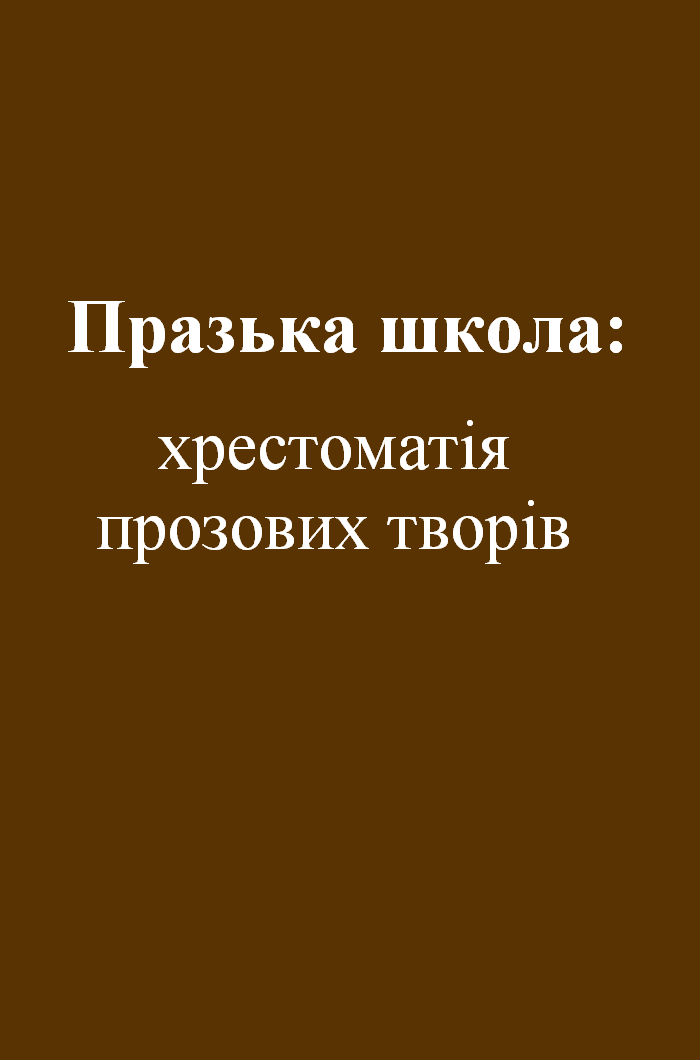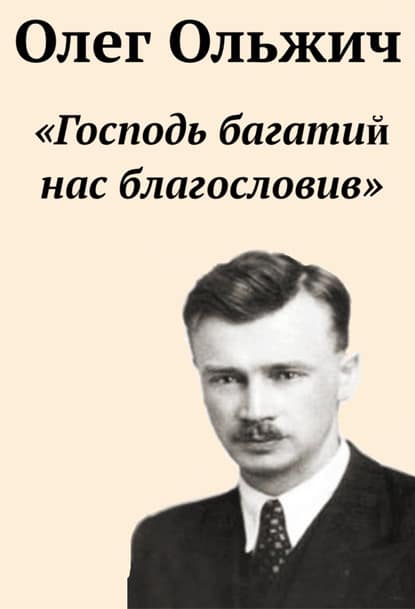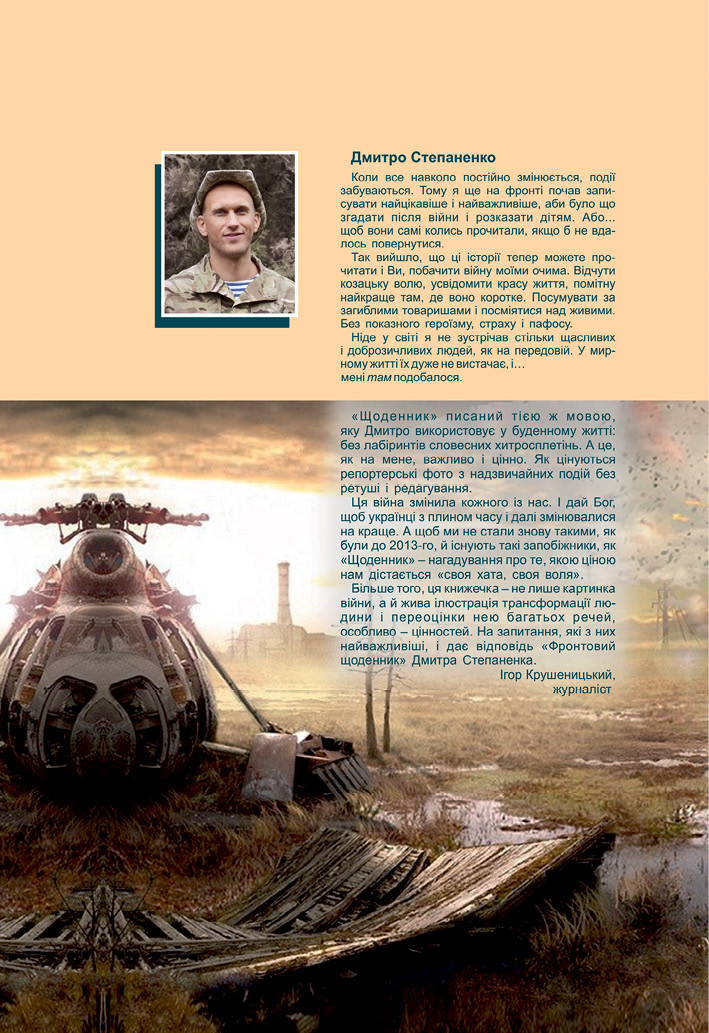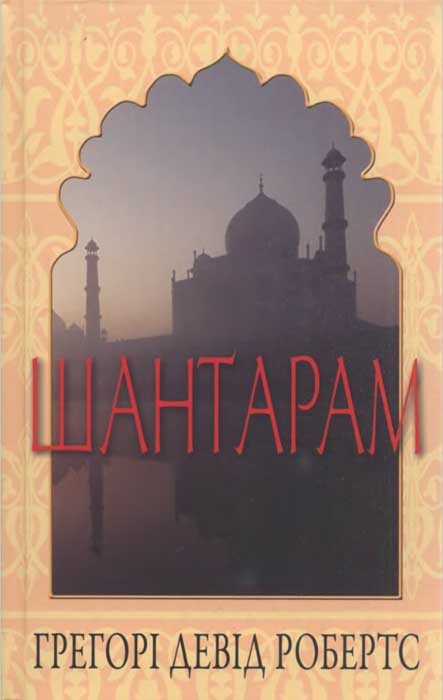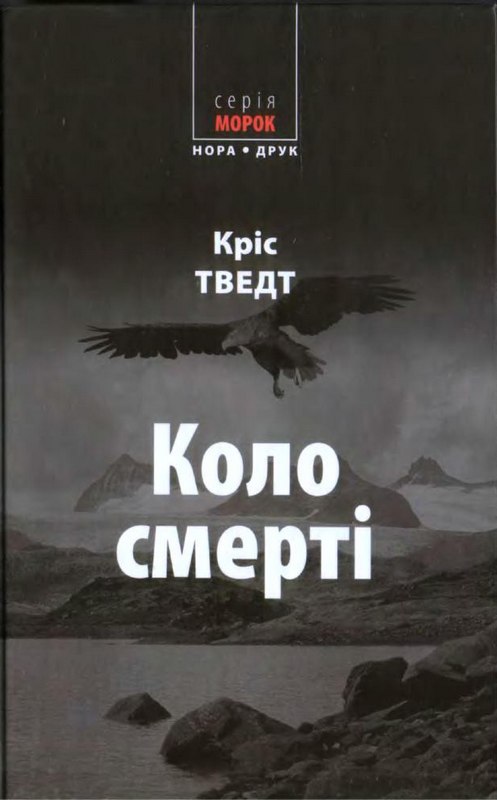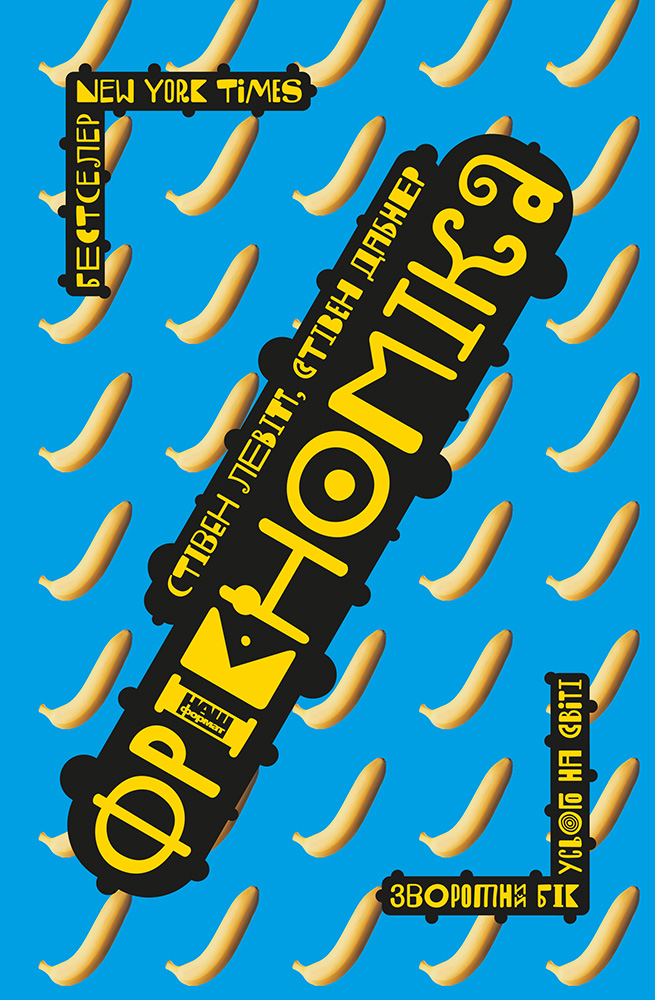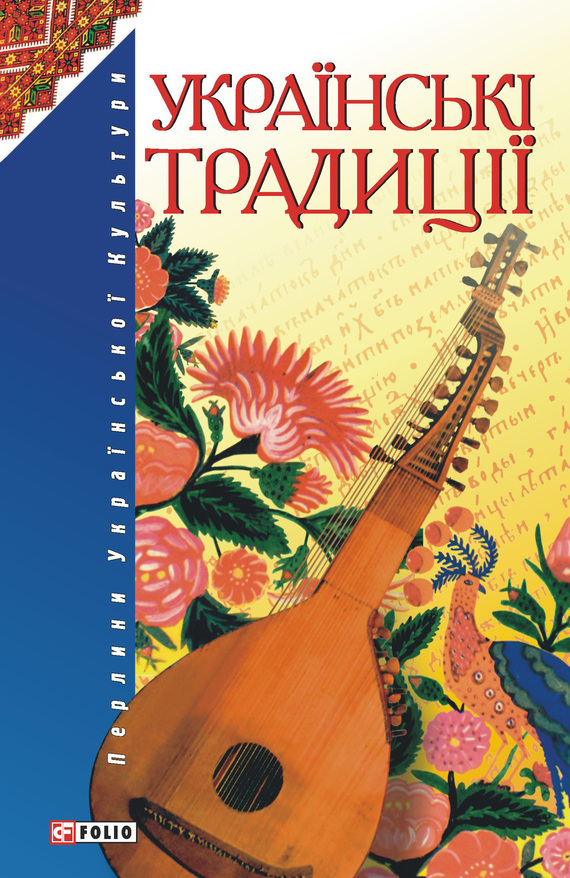Читати книгу - "Genghis Khan and the Making of the Modern World"
Шрифт:
Інтервал:
Добавити в закладку:
Traditional empires accumulated wealth in a single city. All routes led to the capital city, and the best of everything ended up there. One place so dominated such empires that the name of cities like Rome or Babylon became the names of the empires themselves. The Mongol Empire never had a single major city, and within the empire goods and people constantly traveled from one place to another.
In 1261, Khubilai Khan created the Office for the Stimulation of Agriculture under the authority of eight commissioners who sought ways to improve farmers’ lives and their yields. In addition to improving crop cultivation, the office bore responsibility to generally protect and promote the well-being of the peasants. This policy toward farmers constituted a substantial attitudinal shift on the part of a government that preserved the attitudes derived from the Mongols’ traditional nomadic lifestyle and had traditionally shown limited concern for the peasantry and for agricultural problems. Prior to the Mongol occupation of China, most farmers within any area cultivated the same set of crops; the crops varied by region, but not within a region. The Mongols encouraged farmers to cultivate those crops that proved most appropriate for the climate, soil type, and drainage pattern. This change in emphasis promoted greater variety within an area and higher productivity. Mongol authorities encouraged the spread of traditional Chinese crops such as tea and rice into new areas, particularly into Persia and the Middle East. The Mongols sought better tools and thus spread the use of an improved, triangular plow introduced into China from Southeast Asia.
As soon as the Mongols assumed control of Persia, they established an office to encourage and improve agriculture there. After thousands of years of cultivation, the soils of the area had been eroded and productivity threatened. The Mongols addressed these problems with extensive importation of seeds from China, and when needed, shoots, branches, and whole trees that they planted in newly created agricultural stations for adaptation to Middle Eastern climate and soil. They brought new varieties of rice and millet, as well as fruit trees and root crops. India, China, and Persia cultivated some variety of citrus fruits before the Mongols, but the Mongols assiduously moved and mixed the varieties so that each region had more types. Near Canton in southern China, the Mongol authorities planted an orchard of eight hundred lemon trees imported from their territories in the Middle East. At Tabriz in Persia, the Mongols similarly planted groves of a different variety of lemon and other citrus trees imported in the opposite direction—from China to the Middle East. The Mongols transplanted an ever-expanding variety of peas, beans, grapes, lentils, nuts, carrots, turnips, melons, and diverse leaf vegetables, and in turn they developed new varieties and hybrids. In addition to food crops for humans and animals, Mongol authorities had a persistent interest in varieties of cotton and other crops for making textiles, as well as various materials for making rope, dyes, oils, ink, paper, and medicine.
Because of the lucrative textile trade and its prominence in generating foreign trade, the Mongol rulers maintained a particular interest in the varieties of wool that they produced from their herds as well as in the silks, cottons, and other fibers produced by farmers. To promote cotton cultivation, they created a Cotton Promotion Bureau in 1289 and dispersed representatives throughout the newly conquered provinces of the southeast coast and along the Yangtze. The bureau devised methods for growing cotton farther north in the wheat areas and promoted better weaving and manufacturing techniques. Although silk maintained higher prestige both within and beyond China, cotton proved to be a valuable new fiber crop. Each innovation in one area brought the likelihood of many other changes. New crops required new styles of plowing, planting, irrigation, pruning, staking, harvesting, cutting, threshing, grinding, transporting, preserving, brewing, distilling, and cooking. The new or slightly altered techniques required the use of new tools and implements, which, in turn, needed new techniques of manufacture.
The Mongols made culture portable. It was not enough to merely exchange goods, because whole systems of knowledge had to also be transported in order to use many of the new products. Drugs, for example, were not profitable items of trade unless there was adequate knowledge of how to use them. Toward this objective, the Mongol court imported Persian and Arab doctors into China, and they exported Chinese doctors to the Middle East. Every form of knowledge carried new possibilities for merchandising. It became apparent that the Chinese operated with a superior knowledge of pharmacology and of unusual forms of treatment such as acupuncture, the insertion of needles at key points in the body, and moxibustion, the application of fire or heat to similar areas. Muslims doctors, however, possessed a much more sophisticated knowledge of surgery, but, based on their dissection of executed criminals, the Chinese had a detailed knowledge of internal organs and the circulatory system. To encourage a fuller exchange of medical knowledge, the Mongols created hospitals and training centers in China using doctors from India and the Middle East as well as Chinese healers. Khubilai Khan founded a department for the study of Western medicine under the direction of a Christian scholar.
The Mongols established a House of Healing near Tabriz to serve as a combination hospital, research center, and training facility in the medical knowledge of both East and West. In Mongol-occupied Persia in 1313, Rashid al-Din published the first known book on Chinese medicine to be published outside of China, including illustrations actually made in China. Chinese acupuncture did not prove popular in the Middle East because it required, according to Muslim values, too much physical contact and manipulation in placing the needles around the body. On the other hand, the Chinese practice of pulse diagnosis proved very popular in the Middle East and India with Muslims because it merely required the physician to touch the patient’s wrist before rendering a diagnosis and
!Увага!
Сайт зберігає кукі вашого браузера. Ви зможете в будь-який момент зробити закладку та продовжити читання книги «Genghis Khan and the Making of the Modern World», після закриття браузера.
